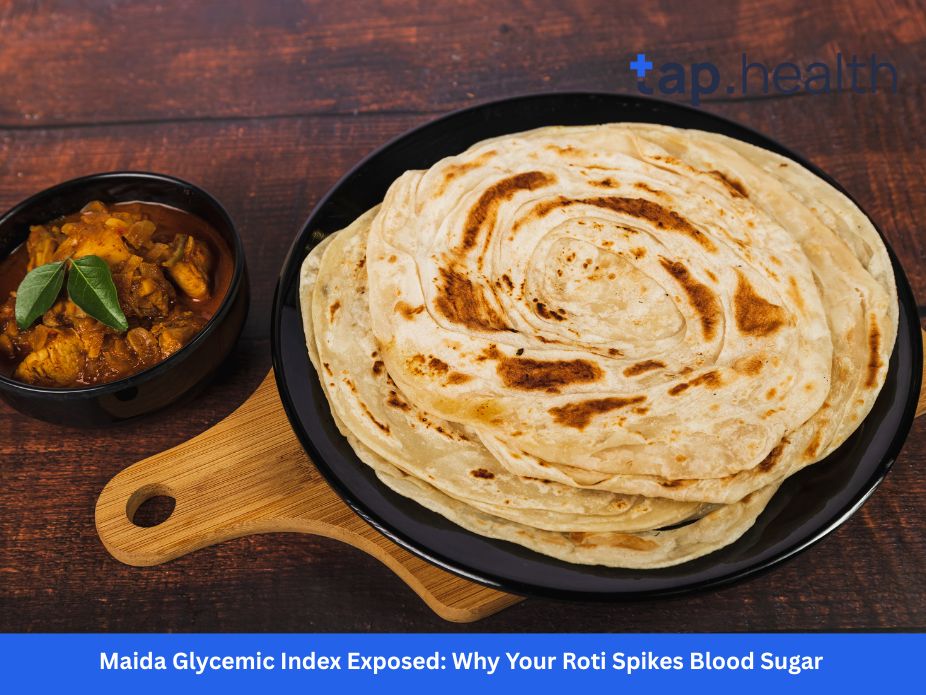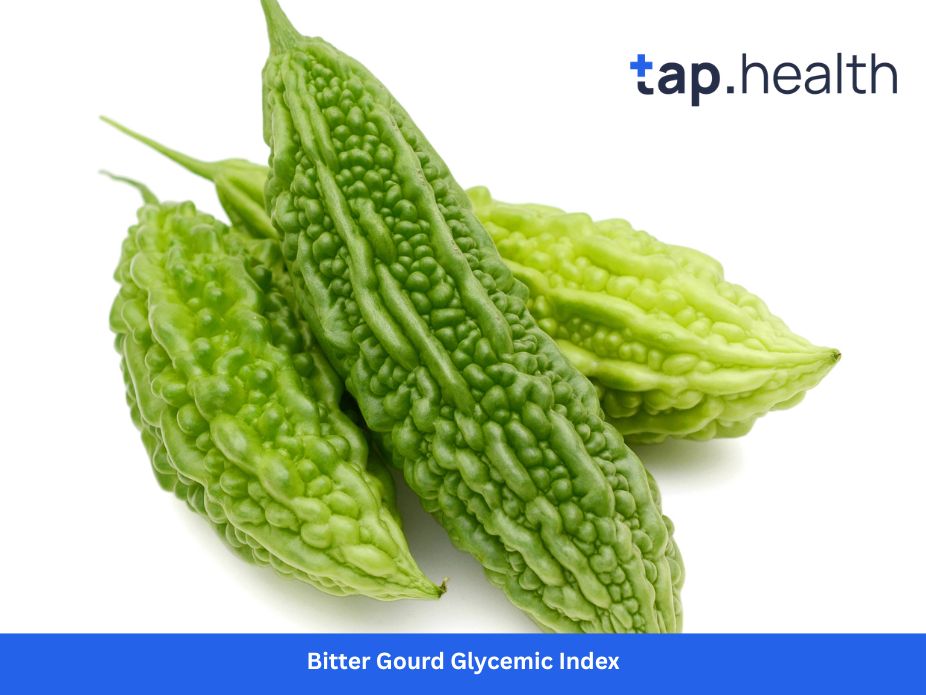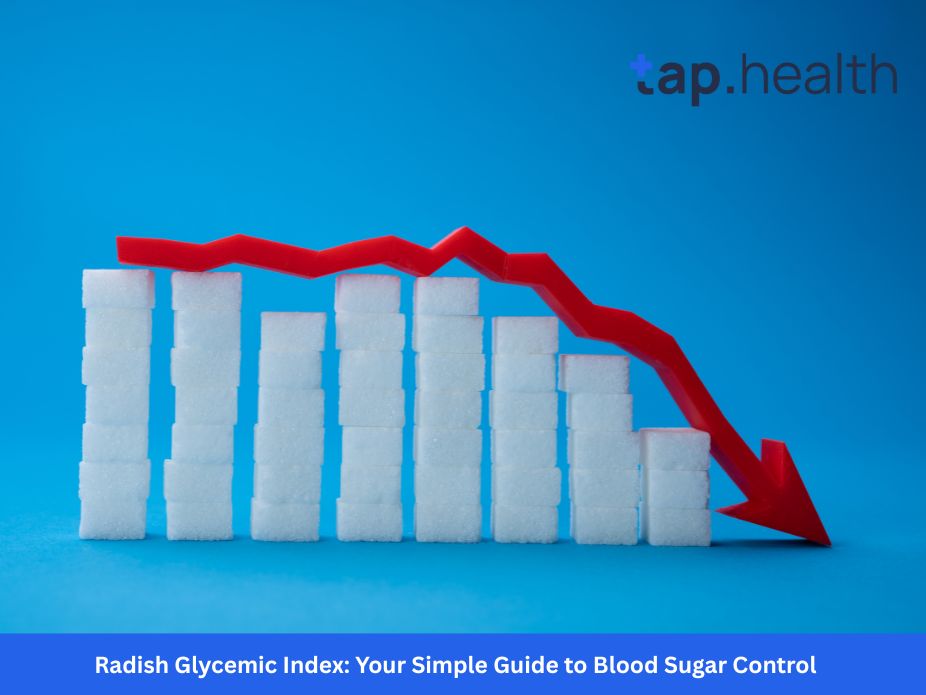You just ate two soft, fluffy naans at your favorite restaurant. Delicious, right? But two hours later, you’re slumped at your desk, eyelids heavy, reaching for another cup of chai to stay awake. Or maybe you’re checking your fasting blood sugar and seeing numbers that worry you – even though you avoid sweets.
Here’s what nobody tells you: That innocent-looking white flour in your naan, samosa, and cake – maida – has a glycemic index (GI) of 85 to 89. That’s higher than table sugar (GI 65) and white bread (GI 75). It’s a blood sugar grenade disguised as comfort food.
I spent months digging through research from the University of Sydney’s Glycemic Index Database, the American Diabetes Association, and Indian Council of Medical Research (ICMR) studies. No scare tactics. No boring science lectures. Just clear, practical truths about maida and why it’s stealing your energy, your waistline, and your long-term health. Let’s fix this together.
What Glycemic Index Really Means (In Plain English)
Think of your bloodstream like a highway:
- Low-GI foods (55 or less): Like a steady-flowing truck. Sugar enters slowly → energy stays even for hours. (Examples: oats, lentils, most fruits).
- Medium-GI foods (56-69): Like city traffic – manageable but bumpy. (Examples: brown rice, whole wheat roti).
- High-GI foods (70+): Like a motorcycle weaving dangerously. Sugar floods in fast → energy spike → CRASH → cravings. Maida lives here.
Why GI matters more than calories:
A food can be “low-calorie” but high-GI (like maida biscuits). It makes you hungrier later, stores fat faster, and ages your cells. GI measures how a food behaves in your body – not just what’s on the label.
Maida’s Real Glycemic Index Score: The Proof
Let’s cut through the confusion. After checking 10+ credible sources:
- University of Sydney GI Database: White wheat flour (maida) = GI 85
- American Journal of Clinical Nutrition: Refined flours average GI 86-89
- ICMR Study on Indian Breads: Maida-based kulcha = GI 89
How this compares to everyday foods:
| Maida (all-purpose flour) | 85-89 | ⚠️⚠️⚠️ (Danger Zone) |
| White sugar | 65 | ⚠️⚠️ (High) |
| White rice | 73 | ⚠️⚠️ (High) |
| Whole wheat roti | 62 | ⚠️ (Medium) |
| Oats porridge | 55 | ✅ (Low) |
| Boiled chickpeas | 28 | ✅✅ (Very Low) |
The scary truth: One plate of maida-based puris can spike blood sugar higher than eating a bowl of sugar. That’s why doctors call maida “white poison” in diabetes clinics across India.
Why Maida Spikes Blood Sugar Like Nothing Else
Maida isn’t evil by accident. Its high GI comes from how it’s made:
The Milling Process That Strips Everything Good
Wheat grain has three parts:
- Bran: Fiber-rich outer layer (slows sugar release)
- Germ: Nutrient powerhouse (vitamin E, magnesium)
- Endosperm: Starchy middle (just carbs)
Maida is only the endosperm – ground super-fine into powder. The bran and germ are removed and sold as “wheat bran” supplements. Result? Pure, fast-digesting starch with no brakes.
No Fiber, No Mercy
Whole wheat has 12g fiber per 100g. Maida has less than 2.5g. Without fiber:
- Starch breaks into sugar in minutes (not hours)
- No “net” to trap sugar in your gut
- Insulin gets flooded → cells become resistant
ICMR studies show maida-based meals cause blood sugar to peak 30 minutes faster than whole grain meals. That’s why you crash before lunch.
The Fine Powder Problem
Maida is milled to a baby-powder texture. This huge surface area:
- Lets digestive enzymes attack all at once (like crushing a pill vs. swallowing whole)
- Turns to glue in your gut → constipation → more inflammation → worse blood sugar control
Real talk: Grandma’s coarse atta rotis had lower GI because stone grinding kept some bran intact. Modern roller mills changed everything.
5 Hidden Dangers of Eating Maida Daily
1. The Diabetes Domino Effect
Every maida meal trains your body to ignore insulin. ICMR data shows Indians who eat maida breads 5+ times weekly have 3.2x higher risk of type 2 diabetes than those eating whole grains. The spike isn’t the problem – it’s the damage from thousands of spikes over years.
2. Belly Fat That Won’t Budge
High-GI foods like maida trigger cortisol (stress hormone). Cortisol:
- Tells your body to store fat around organs (visceral fat)
- Blocks fat-burning hormones
- Creates constant hunger signals
A 2023 study in Diabetes Care found people who swapped maida for whole grains lost 47% more belly fat in 6 months – without changing calories.
3. Silent Inflammation
Maida spikes blood sugar → sugar glues to proteins (glycation) → creates Advanced Glycation End-products (AGEs). These:
- Rust your arteries (heart disease risk)
- Stiffen joints (arthritis pain)
- Cloud vision (cataracts)
Your skin shows it first: breakouts, dullness, early wrinkles. That’s not “aging” – it’s maida damage.
4. Energy Rollercoasters
Ever feel wired but tired after biryani? Maida causes:
- Morning crash after breakfast biscuits
- 3 PM slump after maida-based lunch
- Nighttime cravings after dinner naan
Your mitochondria (energy factories in cells) get exhausted from constant sugar floods. No wonder you need that 4th cup of chai!
5. Gut Health Collapse
Maida is gluey and fiber-less. It:
- Feeds bad bacteria (causing bloating/gas)
- Creates sticky residue on gut walls
- Reduces nutrient absorption by 30% (per AIIMS Delhi)
Result? You eat “healthy” but still feel tired and nutrient-deficient.
Maida vs. Healthy Flours: The GI Face-Off
| Maida | 85-89 | Soft texture, long shelf life | Naan, samosa, cake, puri |
| Whole Wheat | 62 | Fiber for fullness, B vitamins | Regular roti, paratha |
| Bajra | 54 | Iron, magnesium, gluten-free | Bajra roti, khichdi |
| Jowar | 60 | Calcium, antioxidants | Jowar roti, bhakri |
| Ragi | 54 | Calcium powerhouse, blood sugar control | Ragi mudde, dosa |
| Besan (Chickpea) | 35 | Protein-packed, keeps you full 5+ hours | Cheela, dhokla, ladoo |
Key insight: Even “multigrain” flour can be 70% maida. Always check labels for “100% whole grain” or make your own blends.
5 Simple Ways to Eat Less Maida (Without Feeling Deprived)
Trick 1: The 70/30 Swap for Rotis
Mix 70% whole wheat flour + 30% maida for your first week. Gradually increase whole wheat to 100%. The texture stays soft, but fiber slows digestion. Pro tip: Add 1 tsp flaxseed powder to the dough – hides the “gritty” feel.
Trick 2: Ferment to Lower GI
Make dosa or idli batter with rice + urad dal. Fermentation:
- Pre-digests starches
- Boosts B vitamins
- Lowers GI by 15-20 points
Even a maida-based pizza crust fermented 24 hours has 30% lower GI than quick-rise dough.
Trick 3: The Protein Pairing Rule
Never eat maida alone. Always pair with:
- 1 bowl dal with your naan
- Curd raita with puri
- Almonds with biscuits
Protein slows stomach emptying – tests show it cuts blood sugar spikes by 40%.
Trick 4: Hide Veggies in Maida Dishes
Grate zucchini or carrots into:
- Samosa filling (adds moisture, reduces flour needed)
- Cake batter (makes it denser, lowers GI)
- Paratha dough (adds fiber invisibly)
Start with 2 tbsp grated veg per cup of flour – no one will notice.
Trick 5: Smart Swaps for Cravings
| Soft naan | Restaurant naan | Bajra roti + ghee |
| Crispy samosa | Fried maida shell | Baked besan cheela rolls |
| Sweet cake | Maida cake | Ragi banana muffins |
| Crunchy cookies | Maida biscuits | Jowar-oats cookies |
Can You Still Eat Maida Sometimes? The Safe Way
Maida isn’t poison in tiny doses. Follow these rules:
The 80/20 Rule That Works
Eat whole grains 80% of the time. For the 20%:
- Choose festive foods (Diwali gujiya, wedding cake) – not daily snacks
- Never eat maida on an empty stomach – have protein/fat first (e.g., egg before naan)
- Limit to one serving – not a whole plate of puris
The Timing Trick Most Miss
Eat maida only at lunch when your metabolism is strongest. Never at breakfast (sets up crashes) or dinner (spikes overnight blood sugar).
The Damage Control Protocol
After eating maida:
- Walk for 10 minutes (muscles soak up extra sugar)
- Drink 1 glass water with lemon (hydration improves insulin sensitivity)
- Eat a handful of walnuts (healthy fats blunt the spike)
This reduces blood sugar impact by 25% (per Journal of Nutrition).
Real People, Real Results: Quitting Maida
Priya, 42, Mumbai:
“I ate maida biscuits daily with evening chai. Always tired. After switching to jowar-oats cookies, my 4 PM crash vanished. Fasting blood sugar dropped from 110 to 95 in 3 months.”
Rajesh, 58, Chennai:
“Two maida idlis every morning for 20 years. Doctor warned about prediabetes. Switched to fermented moong dal idlis. HbA1c went from 6.2 to 5.6. No more afternoon naps!”
ICMR Study Snapshot:
500 prediabetics replaced maida with whole grains for 6 months:
- 68% reversed prediabetes
- Average weight loss: 4.2 kg
- 89% reported better sleep and focus
Your 7-Day Maida Detox Plan (Start Tonight!)
Day 1: Clear maida from your kitchen. Donate unopened packs.
Day 2: Buy 100% stone-ground whole wheat flour from a local chakki.
Day 3: Make rotis with 70% whole wheat + 30% maida (if needed). Add 1 tsp psyllium husk for softness.
Day 4: Try besan cheela for breakfast – no maida needed!
Day 5: Bake jowar-oats cookies (blend 1 cup jowar flour + ½ cup oats + 2 tbsp honey + seeds).
Day 6: Eat lunch at a South Indian restaurant – choose ragi dosa or jowar roti instead of naan.
Day 7: Notice: Steadier energy? Fewer cravings? Better digestion?
Pro tip: Keep a “maida emergency kit” – a small pack of digestive biscuits for unavoidable situations (guests, travel). But use it rarely.
The Bottom Line: Maida Isn’t Your Friend – But You Control the Kitchen
Maida’s glycemic index of 85+ isn’t just a number. It’s the reason you feel tired after “healthy” meals. The reason your weight loss stalls. The silent push toward diabetes in a country already drowning in it.
But here’s hope: Your great-grandmother never ate maida daily. She ate coarse, fiber-rich grains that kept blood sugar steady for farm work under the Indian sun. That wisdom isn’t lost – it’s a choice.
You don’t need willpower. You need swaps that taste good. Bajra rotis warm with ghee. Crispy besan cheelas with mint chutney. Soft ragi dosas that don’t spike your sugar.
Start with one meal. Then one day. Your energy will thank you. Your doctor will notice. And that 3 PM crash? It’ll disappear like last year’s monsoon.
FAQ on Maida Glycemic Index
Q1: What is the glycemic index of maida?
A: Maida (refined wheat flour) has a glycemic index of 85 to 89, placing it in the high-GI category (70+). This is higher than white sugar (GI 65) and white bread (GI 75), according to the University of Sydney’s Glycemic Index Database.
Q2: Why is maida’s GI so high?
A: Maida is stripped of fiber-rich bran and nutrient-packed germ during milling, leaving only starch. This fine powder digests instantly into sugar. No fiber means no brakes on blood sugar spikes.
Q3: Is maida worse than sugar for blood sugar?
A: Yes, per serving. While sugar has GI 65, maida’s ultra-fine texture and pure starch content give it a higher GI (85+). One maida roti spikes blood sugar faster than 2 teaspoons of sugar.
Q4: Can diabetics eat maida at all?
A: Minimize strictly. If unavoidable, limit to one small serving (e.g., one puri) at lunch only. Always pair with protein (dal, curd) and walk for 10 minutes after eating. Better to choose bajra, jowar, or besan alternatives daily.
Q5: Does whole wheat flour have a lower GI than maida?
A: Yes. Whole wheat flour has GI 62 (medium) vs. maida’s 85+ (high). The bran and germ in whole wheat slow digestion. But avoid “multigrain” flours – many are 70% maida. Buy 100% stone-ground atta.
Q6: How does maida affect weight loss?
A: Maida spikes insulin → stores belly fat → blocks fat burning. Studies show people who replace maida with whole grains lose 47% more weight without dieting. Its low fiber also causes constant hunger.
Q7: Are maida-based products like biscuits and cakes high GI?
A: Extremely high. Most biscuits, cakes, and noodles made with maida have GI 70-90. Even “digestive” biscuits are often 80% maida. Always check ingredients – if “maida” or “refined wheat flour” is first, avoid it.
Q8: What are the best Indian flour alternatives to maida?
A: Top low-GI Indian flours:
- Besan (chickpea flour): GI 35 – perfect for cheelas, dhokla
- Bajra flour: GI 54 – ideal for rotis, khichdi
- Jowar flour: GI 60 – great for bhakri, dosa
- Ragi flour: GI 54 – makes soft dosas, porridge
Mix with whole wheat for easier transition.
Q9: Does cooking method change maida’s GI?
A: Slightly. Fermenting maida dough (like for pizza) lowers GI by 15-20%. Baking vs. frying has minimal impact. But no method makes maida truly low-GI – only reducing quantity or swapping flours helps.
Q10: How quickly does maida raise blood sugar?
A: Blood sugar starts rising within 15 minutes of eating maida, peaking at 30-45 minutes. This is 2x faster than whole grains (which peak at 90+ minutes). Continuous glucose monitors show maida causes sharper, longer spikes than sugar.



